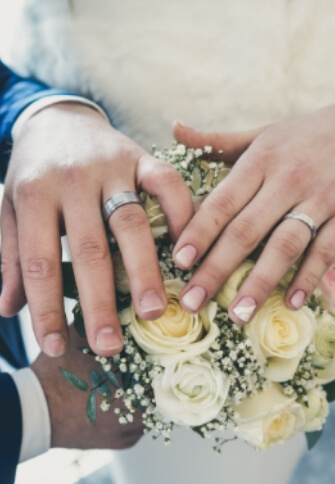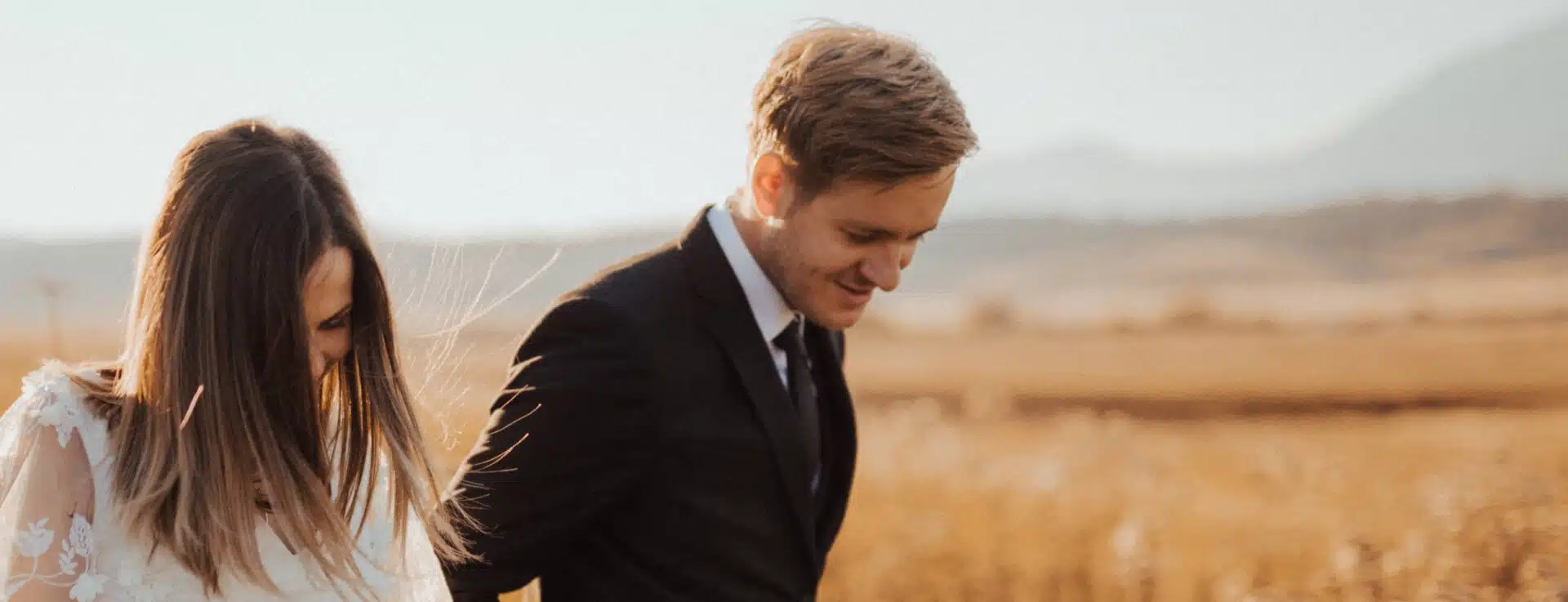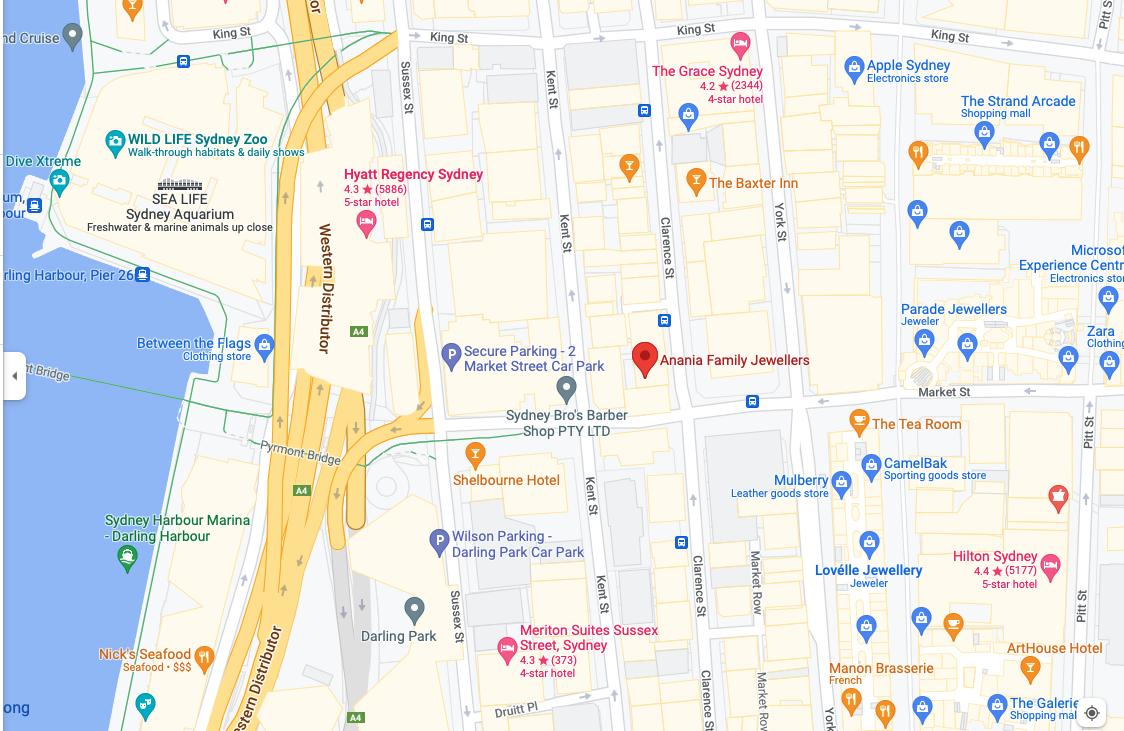The first “VVS1” grade stands for the “very, very slightly included 1” grade which means that there are minor inclusions or blemishes that are not visible to the naked eye. It sounds good but it’s only a little better than the VVS2 and it costs a bit more.
The second “VVS2” grade stands for the “very, very slightly included 2”, which means there are some flaws and inclusion within the diamond that can be seen by examination with a high-powered 10x magnification jeweller’s loupe.
There are many different types of diamonds available today such as natural diamonds, and synthetic diamonds. Each type comes with its own set of characteristics. One of those characteristics includes the presence of imperfections called inclusions.
When we talk about inclusions, we refer to tiny pieces of material found inside the stone. Most often, this material forms during the formation process of the diamond itself.
As mentioned before, the main difference between VVS1 and VVS2 is the number of inclusions present in the diamond. While VVS1 contains just a couple of inclusions, VVS2 has some more!
A VVS1 diamond is considered to be free of any noticeable defects such as cracks, chips, natural fractures, etc. There are no major problems with its appearance. Its brilliance is very high and it looks stunning.
There could be small surface scratches due to polishing but that cannot be seen with the naked eye, even difficult to find with the jeweller’s magnification loupe. They don’t affect the overall beauty of the diamond too much.
These diamonds contain one or two inclusions that are hardly visual under 10x magnification.
On the contrary, a VVS2 has only a few small types of inclusions. VVS2 diamonds are slightly flawed. It doesn’t look too bad; it has some slight imperfections like a scratch or a chip. This kind of flaw doesn’t really detract from the value of the diamond because most people won’t notice it unless they’re looking closely.
But they do make it seem perfectly polished. That said, a VVS2 diamond is much less expensive than a VVS1.
VVS1 is more precious than VVS2 diamond. These diamonds are more costly mainly because of the additional features they possess. Some of these features include better light performance, increased clarity, and less visible inclusions.
They are not as costly as (IF). A VVS1 diamond costs from $800 -$1200 depending on the cut, colour, clarity, carat weight, etc. For example, a round diamond can cost you more compared with other cuts. The VVS1 diamond can cost you $1,000 for a well-cut 0.50 Carat diamond
If you want the best in terms of quality, value, flawless diamonds, and inclusion-Free, you can choose VVS1. It is better since it costs more but does not have a single visible flaw to the naked eye. And if you want to save money and still get a diamond with fewer flaws, then you can opt for VVS2.







